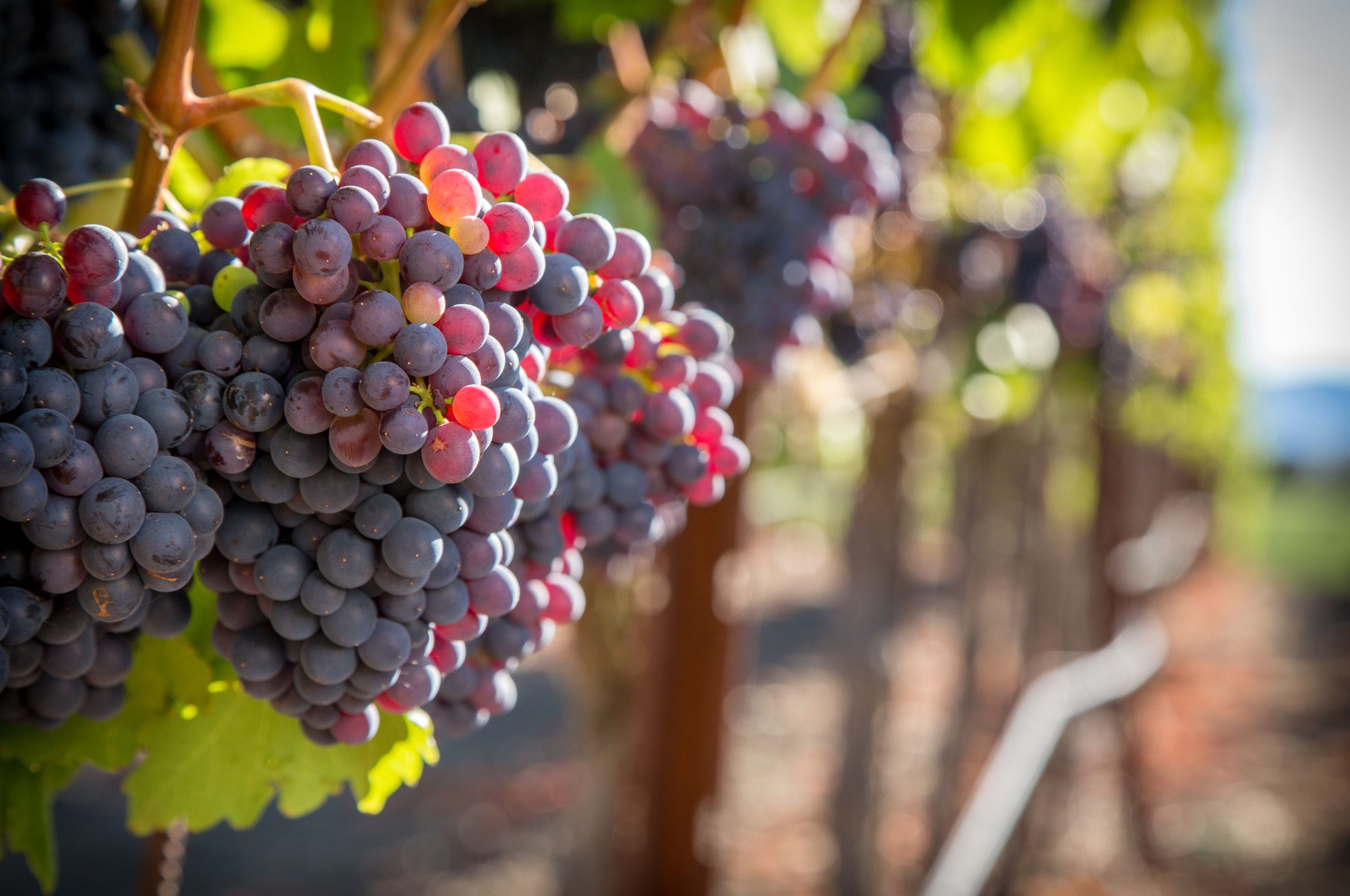Wine Australia

How La Trobe and Wine Australia are protecting the livelihoods of grapegrowers and winemakers.
Partnership at a glance
- Smoke taint is a threat to grapegrowers and winemakers, with aroma compounds from smoke entering grapes and binding mostly to grape sugars
- While these molecules (known as glycosides) are initially undetectable, it is thought that they can break down during fermentation and in the mouth during tasting, leading to wine that tastes smoky
- Wine Australia first funded La Trobe through the Federal Government’s Rural Research and Development (R&D) for Profit program in 2015 to better understand and detect smoke taint
- With ongoing funding from Wine Australia and other partners, La Trobe researchers developed Wine Industry Smoke Detectors (WISDs) to give growers and winemakers real-time data on their risk of smoke taint from smoke events
- The goal now is to commercialise the WISDs and further integrate them into vineyards to reduce unnecessary crop losses and give winemakers confidence in producing wines even when grapes are exposed to smoke.
Case study
Smoke taint has cost Australia’s wine industry billions during the past two decades, posing a significant production threat to the industry.
When grapevines are exposed to smoke from bushfires or controlled burns, compounds in the air bind to grape sugars, forming glycosides that remain undetectable until fermentation or until the wine is tasted.
The result can be wines with unpleasant smoky, charred, or medicinal flavours that are often unsaleable.
Dr Sharon Harvey, Wine Australia’s senior research and development program manager, says with climate change increasing fire risk, smoke taint is an ongoing challenge.
“The losses arise both from the grapes that can’t be sold, because they’re affected by smoke, and then of course the value of the wine that can’t be made,” she says.
“In the past, affected wine that was made had to be disposed of, because you can’t put smoky wines into the market – this is obviously devastating for producers. Smoke taint creates a reputational risk not only for the individual business or winemaker, but also for the region and our sector as a whole.”
Understanding risk
Since 2015, Wine Australia has funded La Trobe researchers through a series of research and innovation projects with a number of different partners to tackle smoke taint. Their work has helped to position Australia as a world leader in understanding and managing this issue.
Led by Professor Ian Porter, La Trobe’s research has debunked common myths about smoke taint. They discovered that not all smoke exposure damages grapes and that bushfires pose a far greater risk than controlled burns.
“Australia is now considered a world leader in understanding smoke taint because of groundbreaking work like this,” Dr Harvey says.
“Wildfire events in wine regions in California and Europe have highlighted smoke taint as an issue, and other countries look to Australia for fundamental knowledge about what to do thanks to partnerships like ours.”
One of the biggest challenges to wine producers is that assessing the exposure of grapes to smoke can only be done just before harvest, leading to uncertainty about the effects on the wine and unnecessary crop losses.
The smoke-sensor system
To bridge this gap, Prof Porter’s team developed Wine Industry Smoke Detectors (WISDs), known colloquially as ‘wizards’, with funding from Wine Australia and other partners.
These rectangular, compact sensors provide real-time data on smoke exposure to the vineyard, and also record temperature and humidity.
This information is fed into a risk model refined across years of research, allowing growers to make informed decisions about the risk of smoke taint and what to do next, rather than relying on guesswork.
“If there’s concern about a bushfire or a controlled burn near vineyards, then Ian’s driving into the region with a ute full of WISDs to help those producers who may be affected keep track of things and understand what the risks might be,” Dr Harvey says.
“If a grower rings Ian up and says, ‘I’m really worried,’ then he gets over there. The good thing is that in many cases, it will be fine and the device will show that the smoke dose is too low to affect the grapes and wine. That’s thanks to the risk system the amazingly talented team have helped to establish.”
Future expansion
The next step is helping the industry to adopt the WISDs more widely and gain confidence in the risk tool.
As part of a pilot program in north-east Victoria, a high-risk bushfire region, a world-first network of more than 100 prototype WISDs was deployed in 2021 and 2022, and then refined. The team also has a number of roving WISD units that they can deploy around any fire event to capture data.
Australian agriculture tech provider Goanna Ag has signed on to commercialise the devices during the next two years.
“Now the tech has been developed, it’s about continuing to validate it in real-life smoke events, demonstrating its value, helping the people use it, and figuring out the best supply model,” Dr Harvey says.
One potential expansion includes adding more sensors to the WISDs, such as weather stations and soil moisture monitors, so growers can use them year-round.
“La Trobe, through Ian and his team, has the knowledge and capability that suited this work and partnership really well and it has been such a good alliance,” Dr Harvey says.
“To have been there from the beginning and see it coming to fruition and deliver outcomes for Australia’s grape growers and winemakers has been wonderful.”
